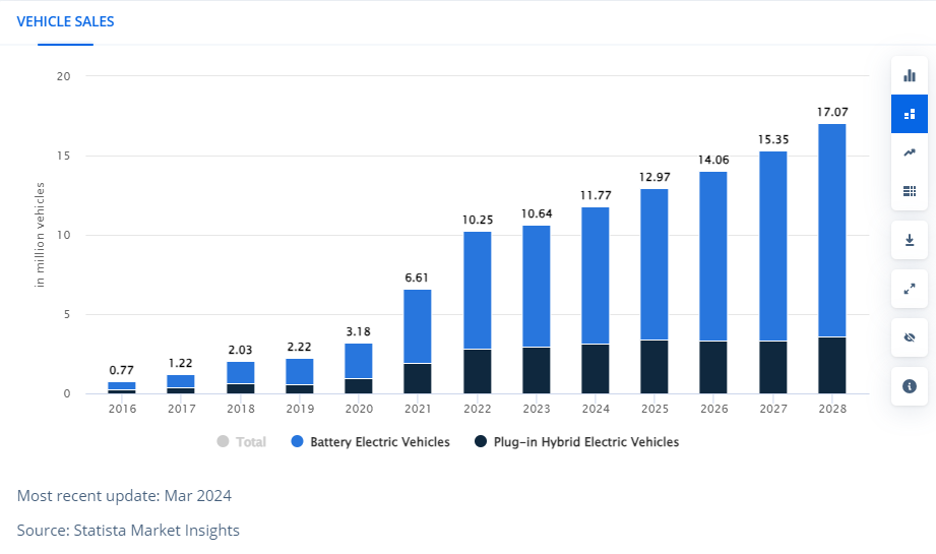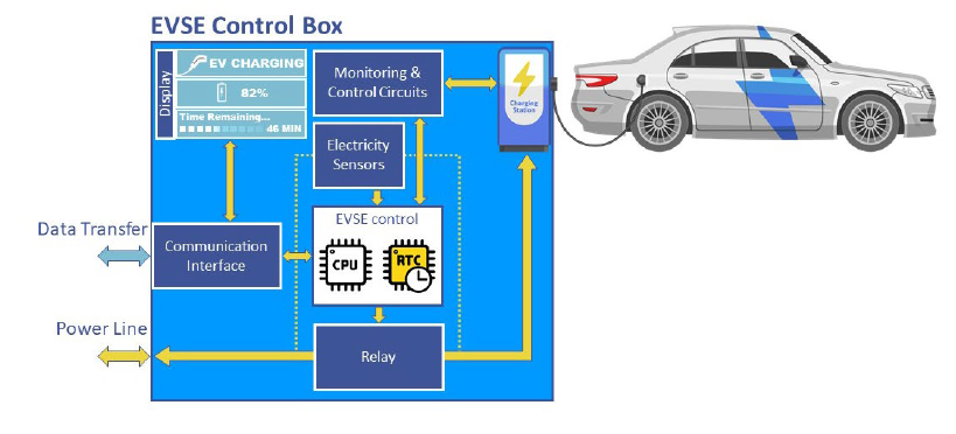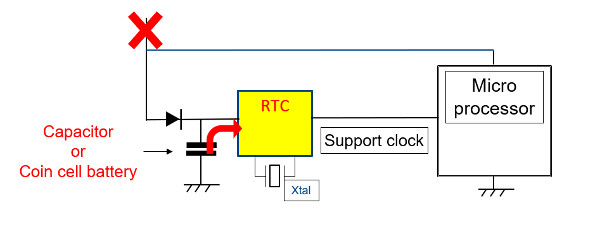In recent years, the development of electric vehicles has gained significant attention due to their potential to offer safer, cleaner, and more efficient transportation solutions. The development process required the integration of several systems: the motor system, battery management system, charging and discharging system, braking system, steering system, and other accessories.
The charging system is an essential component. It includes the onboard charger, which converts the AC power from the charging station to DC power stored in the battery. The battery is the primary source of power on the EV, and the BMS—battery management system—controls the charging. The BMS manages temperature, stage of charge, and battery health.
The electrical vehicle sales project significant growth, as shown in Figure 1.

Figure 1: Sales Units, Electric Vehicles
The charging station is a piece of equipment that supplies electric energy from the grid to charge vehicles. From a simple domestic wall box to a more sophisticated charger, the control system managing the equipment consists of a power stage, driven relays, energy metering, communication lines, and a user interface (Figure 2).

Figure 2: Schematic of Charging Station Equipment
The smart meter quantifies energy transfer and communicates with the energy grid and users. The meter gets its main power from the AC power line. When AC power is lost, the smart meter must have sufficient energy storage to energize the AMI–Advance meter infrastructure network for a period long enough for all systems to report the status.
Using a low-power-oriented architecture is essential to limit the size and cost of the backup energy storage within the smart meter.
The use of the RTC Real Time Clock function allows the designer to power down the microcontroller, resulting in significant power savings. To support the application, the supercapacitors act as a backup power source for the RTC during a power loss event (Figure 3).

Figure 3: Schematic RTC Backup Solution with Capacitor or Battery
In automotive applications, system backup power is becoming increasingly critical during a power loss. The automotive environment, however, is extraordinarily harsh, with high temperatures, humidity, and vibration. Traditional electrolytic capacitors and batteries will dry out over time under high-temperature conditions, resulting in increased series resistance and degradation of capacitance.
Specialized supercapacitors can be used in these situations to free design engineers from the restrictions imposed by finite battery lifetimes. In addition, the supercapacitor's benign open-circuit failure mode contrasts with typical short-circuit battery failures that may result in outgassing or ignition.
As such, supercapacitors are the most cost-effective alternative to small backup batteries and can store enough energy to provide backup for durations ranging from a few seconds to several days, depending on the type of load and current demand.
Supercapacitors are the ideal choice for high reliability, harsh environments, and automotive applications. We have released three supercapacitors qualified to an extended automotive testing protocol. These capacitors are manufactured in an ISO TS 16949-certified plant and are subject to PPAP/PSW and change control. Following last March 2023's AEC-Q200 rev E issue, the SC Automotive Grade is now compliant with the requirements.
Supercapacitors offer a high-performance alternative to batteries in many backup-power applications. They deliver far greater cycle life and avoid the need for designers to worry about battery replacement or recharging.
The latest supercapacitors using aqueous electrolyte are cutting-edge energy storage devices featuring high voltage, long life, and environmental resistance required by the automotive market. The new supercapacitors are ideal for use in automotive, medical, aerospace, industry, and other areas for high-reliability performance.